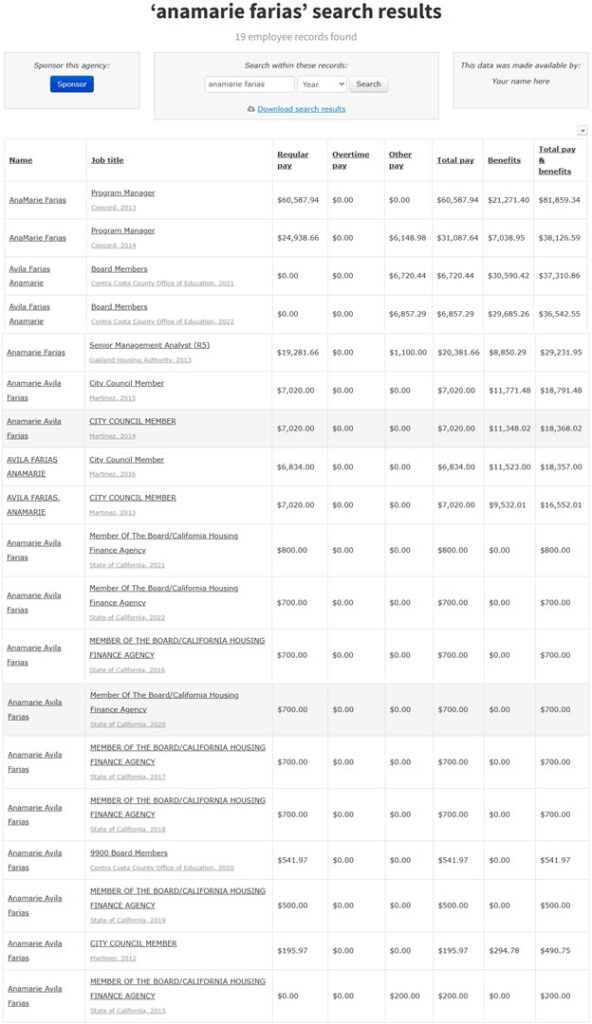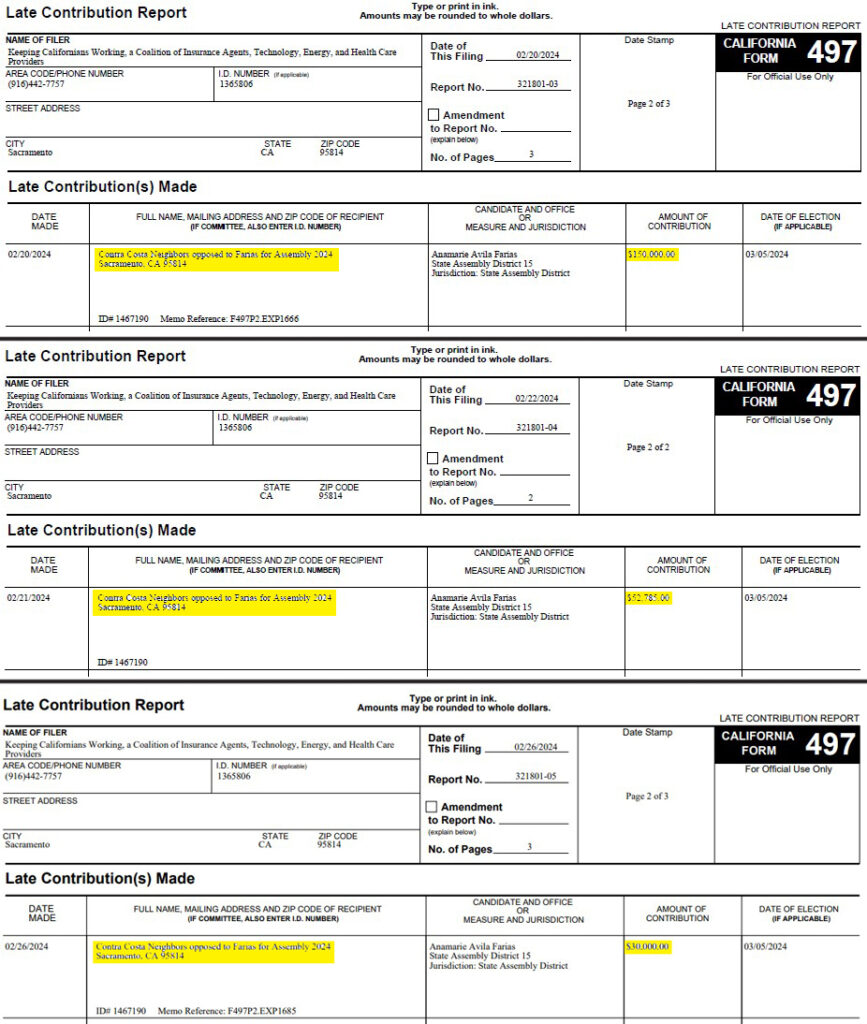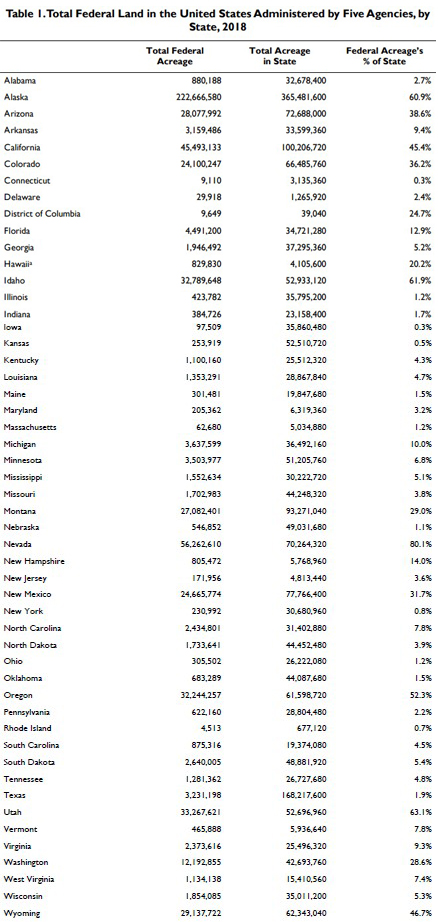In times of financial distress, corporations often turn to the U.S. government for assistance, as seen with airlines during the COVID-19 pandemic and financial institutions in the 2008 Great Recession. However, the government must implement stricter conditions for firms seeking bailouts, particularly those engaged in stock buybacks before their financial downturn.
Stock buybacks, a practice where firms repurchase their own shares, have garnered controversy. While it artificially inflates share prices, it often neglects vital investments in the company’s growth and resilience. Executives’ tendency to sell their shares post-buyback suggests the share price is overvalued, raising ethical concerns, especially when buybacks are financed through debt, heightening bankruptcy risks.
The historical prohibition of buybacks until 1982 underscores their dubious nature as stock manipulation tactics driven by executives’ self-interest. Instead of bolstering shareholder returns through buybacks, firms should prioritize investments that fortify their market resilience, such as capital expenditure. Government bailouts effectively subsidize shareholder returns at taxpayers’ expense, highlighting the need for a paradigm shift in corporate behavior. Many argue stock buybacks should be illegal altogether.
Executives’ vested interests in buybacks, often tied to their compensation, don’t necessarily translate to enhanced business performance. This bipartisan concern resonates with workers and policymakers alike, who advocate for redirecting working capital toward workforce training and sustainable reinvestment.
While federal tax breaks aim to spur economic growth, the misuse of tax savings for buybacks undermines this objective. Therefore, stricter conditions should accompany government bailouts, emphasizing long-term resilience over short-term gains.
In contemplating bailouts, leniency could be extended to firms severely impacted by mandated government shutdowns. Nonetheless, the overarching principle remains: corporations must prioritize resilience against unforeseen crises rather than fleeting market performance.
Sterud is a Contra Costa County resident.

















